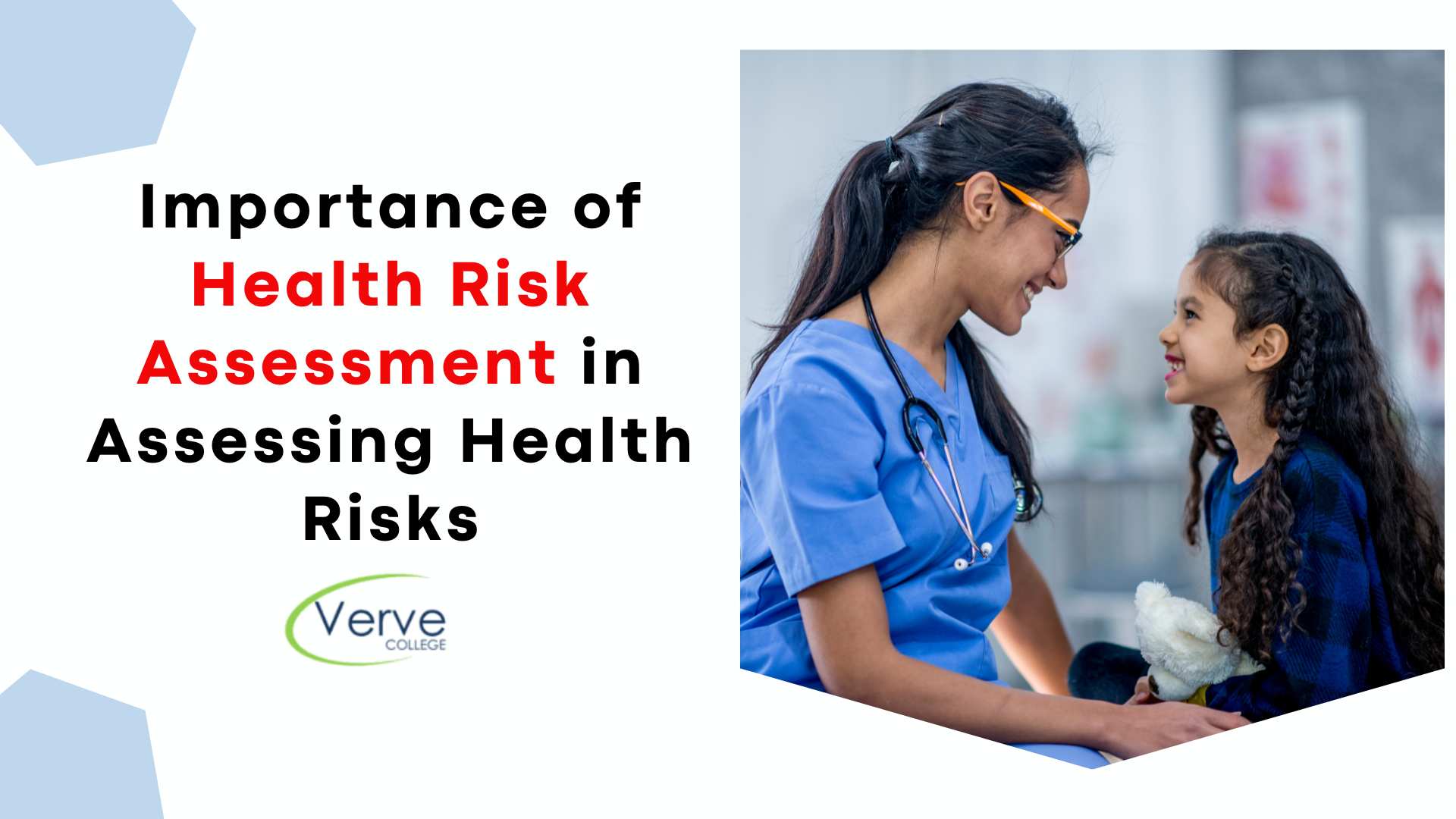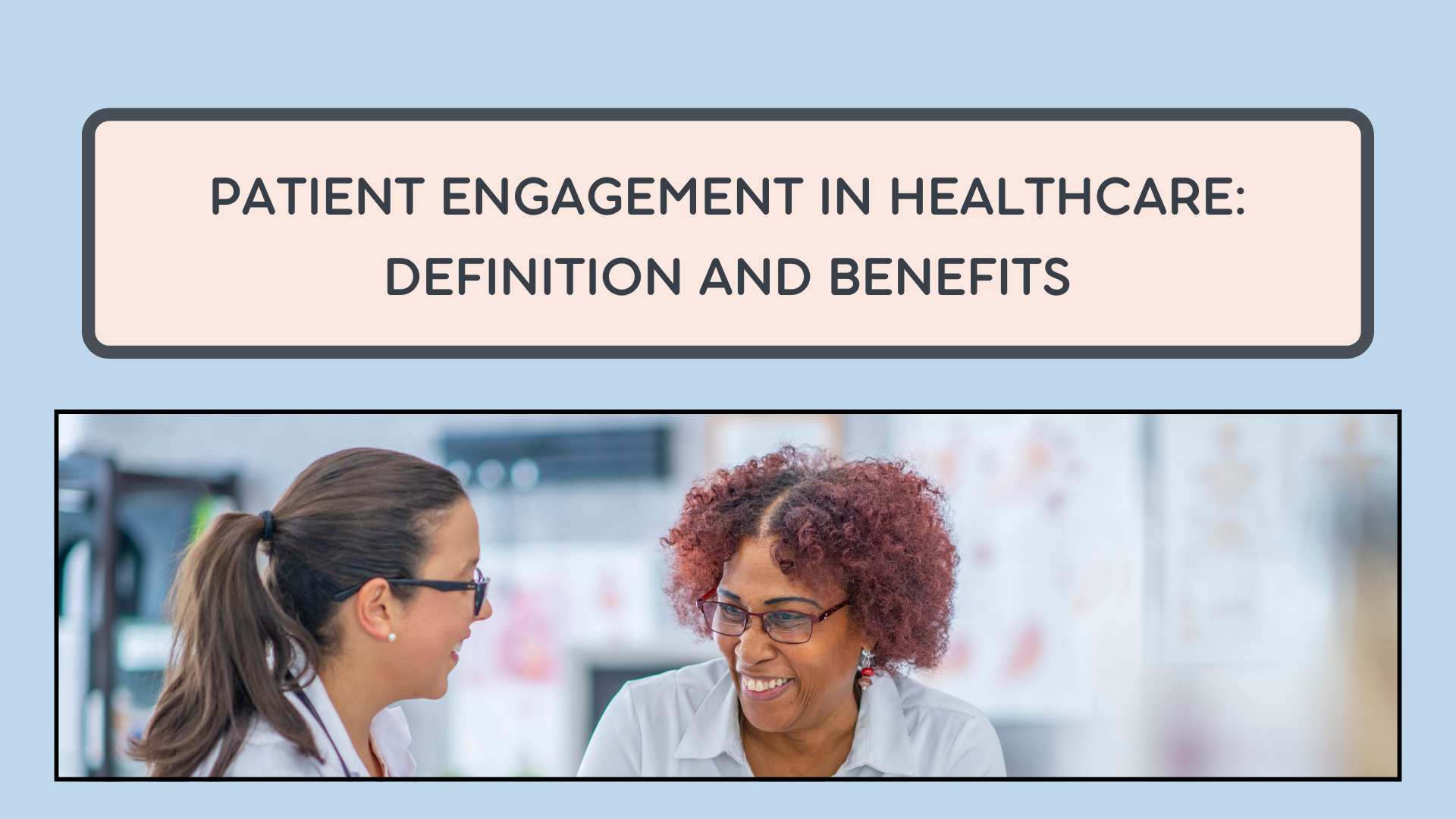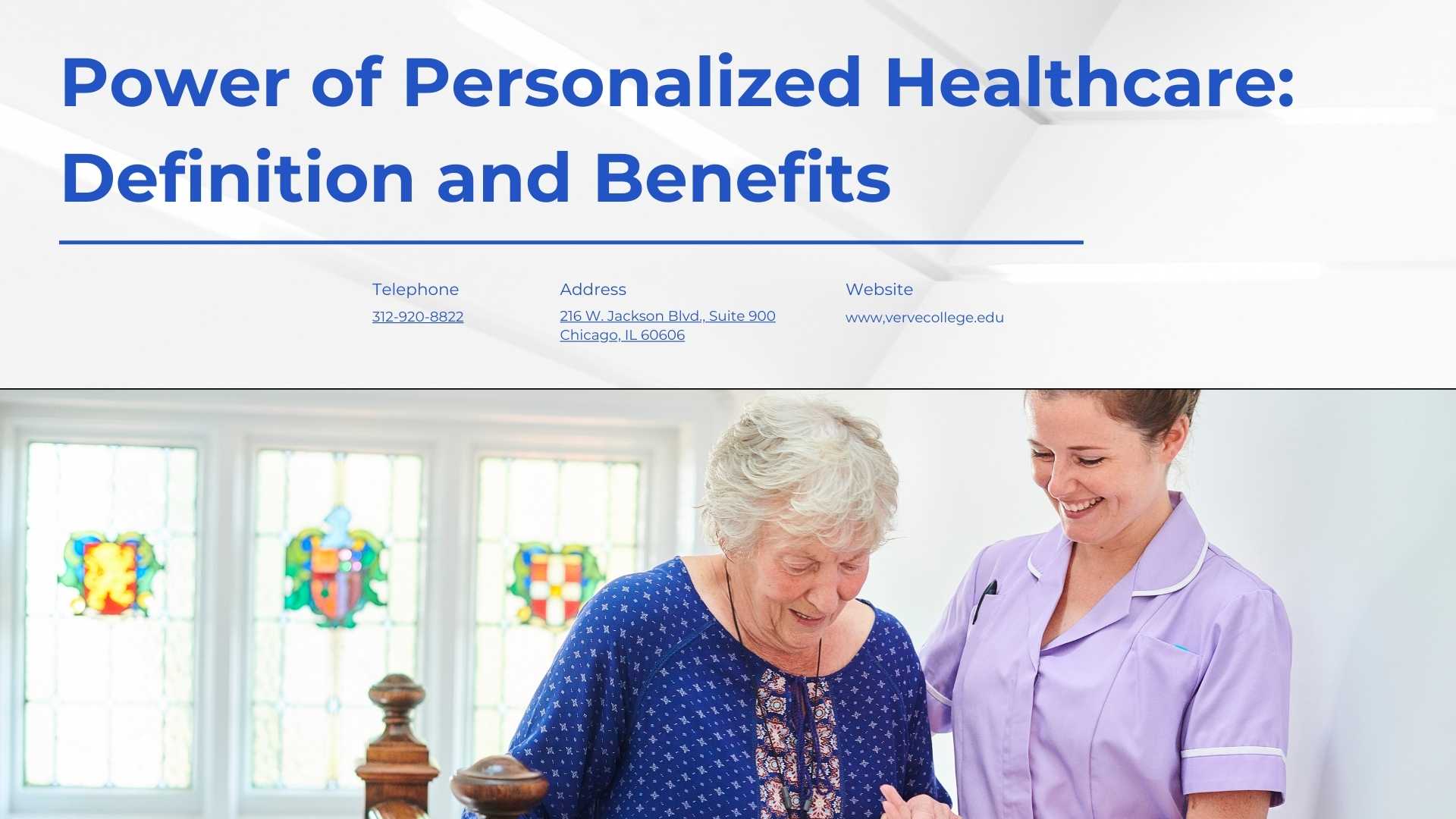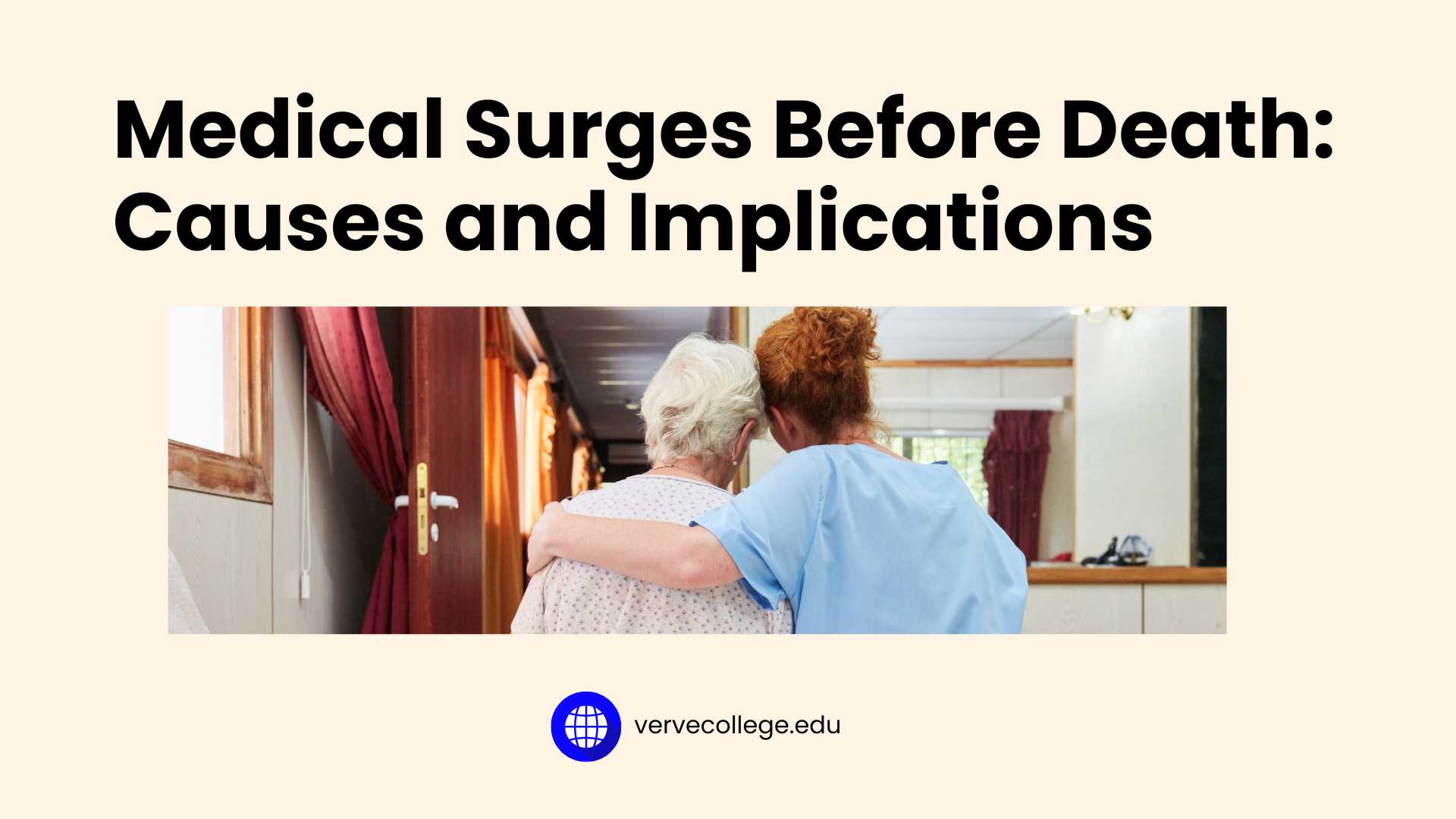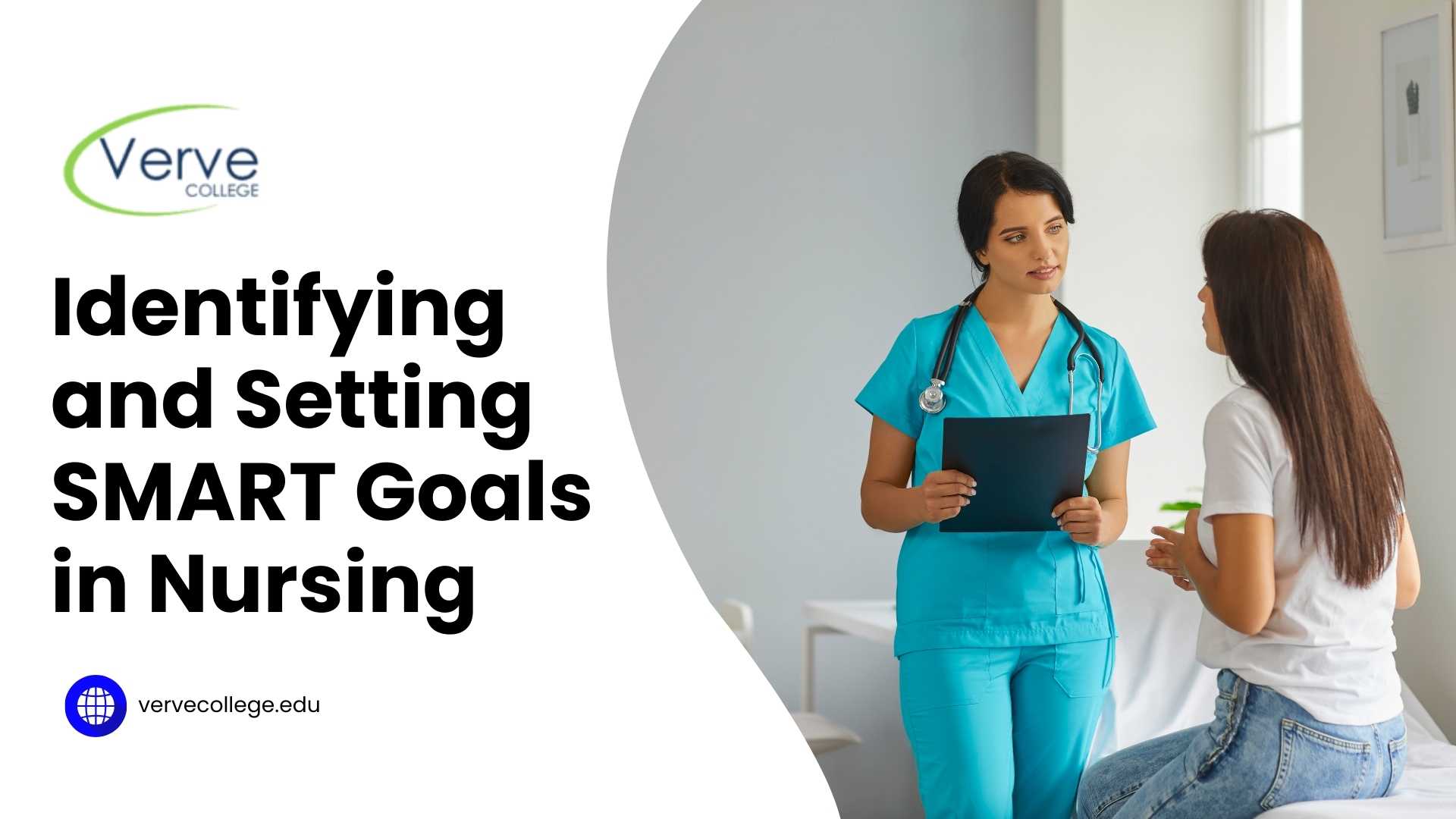- Oak Brook:(630) 705-9999
- Chicago:(312) 920-8822
- Email:inquiry@vervecollege.edu
- Make a Payment
- Home
- Programs
- Admission
- Resources
- ATI Entrance Exam Resources
- New E-Digital Library
- Refer a Friend
- School Newsletter
- Events
- Employers
- Job-Network
- Alpha Beta Kappa Candidates
- Verve College Library
- Graduation and Pinning Ceremony Photo Galleries
- Textbook Information
- Career Services
- Tutoring
- School Catalog
- FAQ
- Constitution Day Program
- Alumni
- Verve College Plans
- Financial Aid
- HEERF Reporting
- Satisfactory Academic Progress
- Apply For Financial Aid
- Net Price Calculator
- Return of Title IV Funds (R2T4)
- Financial Aid Office Code of Conduct
- Contact
- FAQs
- Verification Policy
- Vaccination Policy
- Student Right-to-Know Act
- Misrepresentation
- Information Security Program
- Academic Award Year
- Availability of Employee
- Cost of Attendance
- Health & Safety Exemption Requirement
- Students Rights and Responsibilities
- Leave of Absence
- Pell Formula
- Military Students
- Grants/ Scholarship Policy
- Contact Us
- Login
- Testimonials
- Blog
Is a Nursing Career Right For You?
Take The Free Quiz
What is Patient Activation and Its Benefits?
What is Patient Activation and Its Benefits?
You’ve likely heard quite some stories about engagement with patients in recent times, but what is important is the activation of the patient. Healthcare professionals must convince patients involved in their treatment to enhance the quality of their health.
What is the Definition of Patient Engagement?
The concept of patient engagement is advertised as helping to achieve the three goals of improved health outcomes, more effective treatment for patients, and lower expenses for both patients and healthcare providers. It is defined as a general phrase that includes activation in patients through interventions meant to raise the degree of activation and promote healthy behaviors, such as exercising or receiving regular preventive healthcare. Private nursing schools play an important role in the education of healthcare professionals who serve patients by offering high-quality treatment and implementing techniques to help patients manage their health more effectively and practical nurses can also learn clinical experience.
What is Patient Activation vs. Patient Engagement
The process of activating a patient is a sign of an individual’s knowledge, ability, competence, and willingness to be involved in the value-based care decision-making procedures at nursing homes. Like “activation” suggests, it focuses on influencing the patient to engage in action. However, engagement with patients is a broad concept that encompasses activation, interventions that aim to boost activation, and the behaviors that result from it, but it is focused on communicating. Let’s know about the benefits of patient activation.
Benefits of Patient Activation
Studies have revealed that patients who have higher levels of activation have lower costs on average than those who have lower levels of activation. A study of 33,163 patients, found that those who had the lowest levels of activation had average cost estimates that were 8 percent more during the initial year and 21 percent more in the first quarter of the following year. This was lower in comparison to the cost of patients with the highest activation levels.
The capacity and willingness of patients to manage their health is crucial information that could assist healthcare professionals in improving patient outcomes and decreasing costs. More active people are more likely to participate in healthy lifestyles and are more likely to have positive patient care experiences as well as better health outcomes.
Related:- What is Patient-Centered Care? Important Aspect of Advanced Nursing Care
A higher patient activation level is beneficial for healthcare professionals. The more active the patient base is, the more healthcare providers can focus on providing preventative services and diagnostics instead of urgent measures to tackle health problems and check vital signs that are not addressed.
Patient Activation Strategies
When developing your patient activation plan, it is crucial to make use of the information you have within your organization to deliver proactively highly relevant, one-to-one outreach since every patient has a unique activation plan. Take the proper approach and the right data set in healthcare settings. Every patient can be used to guide the distribution of their health-related communications at the most appropriate timing and in the most suitable way to get them in touch. There’s plenty of information in your health CRM and other systems, but it’s how you use it that’s important.
Provide Relevant, Important Information in a Coordinated Way
To increase the chances of a patient taking action, messages should be useful (the best next action for each patient) as well as influential and well-coordinated. All communications should be synchronized so that patients don’t get contradictory messages and too many messages in the span of a few minutes or not receive any messages in any way. The goal is to ensure that each communication counts. To be effective, your messages should be pertinent.
Think About the Capacity of Your Healthcare System
In deciding who will receive which communications and at what times, it is important to take into account the capacity of your healthcare facilities. Prioritized, staggered communications to high-value patient audiences for a long time are far superior to everyone receiving an email at the same time. Think about the conversion rate for a specific communication as well as the capabilities of the healthcare system in determining the number of patients you need to communicate with for a given time.
Enhance Personalization Through AI
Patients with less engagement might need help to easily adopt a new engagement method or more complex or demanding health behavior change. Simple engagement strategies can be a hit with patients who are not active and enable them to be successful, which in turn will help engage and energize them.
The Next Steps to Engaging Patients
To help patients participate in their treatment so that they have a better chance of enhancing their health outcomes and getting a good patient experience, healthcare professionals should concentrate on delivering relevant, important information in a personalized and consistent manner in a clinical setting. Understanding what to say, when to communicate, and when to employ automated communication with patients are essential aspects to consider when designing your patient activation strategy.
The best LPN school near me for online programs is vital for equipping medical personnel with effective communication skills and assuring that patients receive the direction and assistance they require to participate in their practical nursing career and improve their health-related quality of life.
 Sign up
Sign up Login
Login
